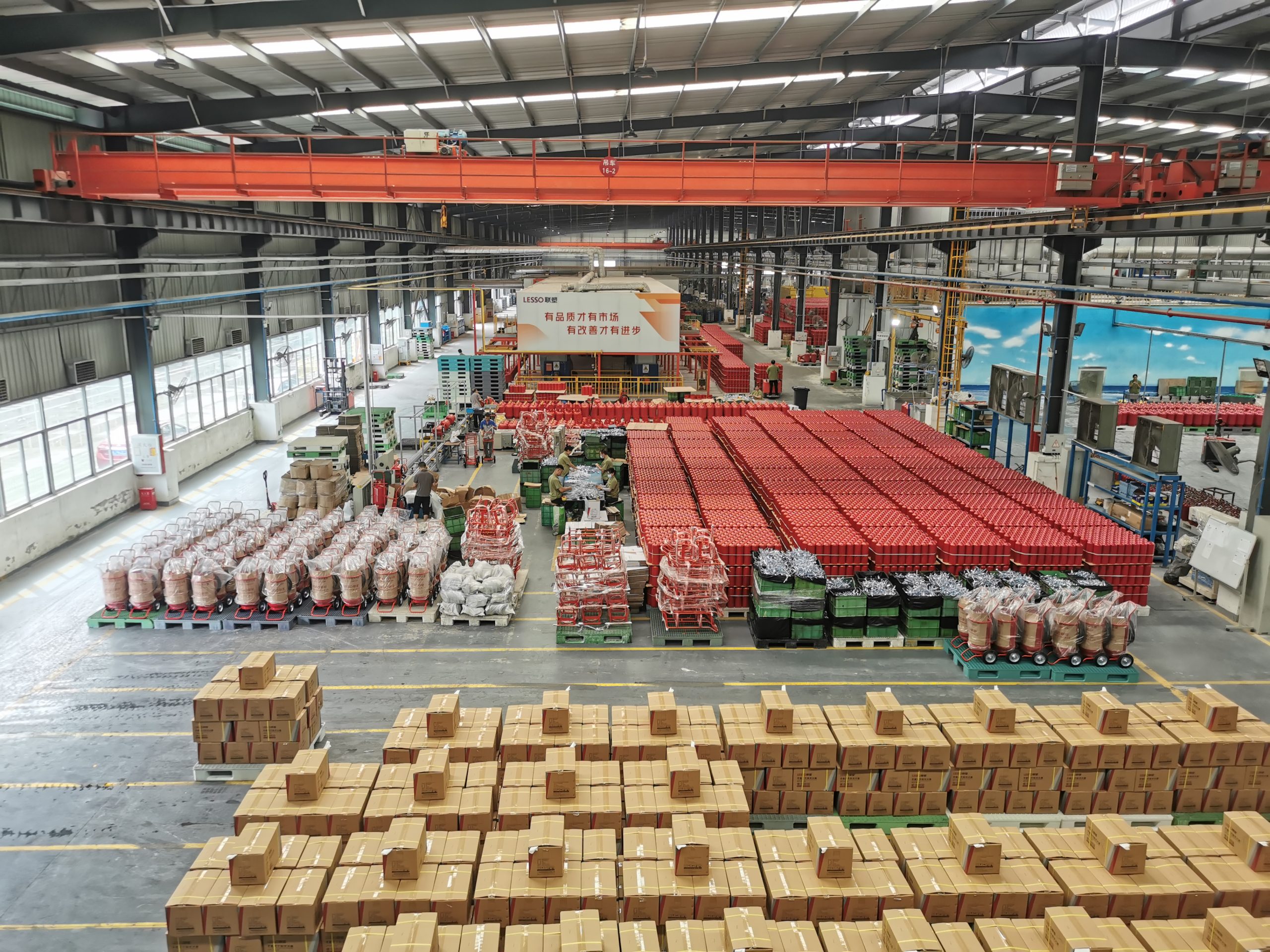Introduction
Firefighting technology has advanced significantly in recent years, driven by the need for faster, safer, and more effective solutions to protect lives, property, and the environment. As urbanization increases and industrial activity intensifies, new firefighting methods and tools are essential to meet the growing demand for fire protection. This article explores recent innovations and practical applications in firefighting technology, shedding light on how modern solutions are transforming emergency response strategies.
Innovations in Firefighting Technology
- Drones for Aerial Surveillance and Firefighting
Drones have proven invaluable in firefighting, allowing for real-time aerial surveillance of large areas and hard-to-reach locations. Equipped with infrared and thermal imaging, drones help firefighters detect hotspots, monitor fire spread, and assess damage without risking lives. Recently, drones capable of carrying fire extinguishing agents have emerged, enabling targeted fire suppression in locations inaccessible to traditional firefighting methods. - Artificial Intelligence (AI) and Predictive Analytics
AI-driven systems are helping fire departments improve their response times and make informed decisions. By analyzing data from various sources—including weather patterns, geographical data, and past fire incidents—predictive analytics can identify areas at higher fire risk. AI also assists in processing information in real time during incidents, helping dispatchers prioritize resources and identify the safest evacuation routes. - Advanced Fire-Resistant Materials
Fire-resistant materials have improved significantly, enhancing the safety of both structures and firefighting equipment. New building materials, such as fire-retardant paints and coatings, slow the spread of flames, providing valuable time for evacuation and response. Additionally, advanced textiles used in firefighting gear provide greater thermal protection and durability, allowing firefighters to operate longer and more effectively in high-temperature environments. - Water Mist Systems and Innovative Suppressants
Traditional firefighting methods often rely on water or foam, but these can sometimes be inefficient or cause collateral damage. Water mist systems, which release tiny water droplets, are more effective at cooling and suffocating fires with minimal water usage. New fire-suppressing agents, such as environmentally friendly foams and gases, are also emerging as alternatives, reducing the environmental impact of firefighting efforts and offering more effective fire suppression options. - Smart Firefighting Equipment
Firefighting equipment is increasingly being integrated with smart technology. Helmets with heads-up displays (HUDs) provide firefighters with critical information, such as oxygen levels, temperature readings, and communication alerts. Wearable sensors monitor vital signs, alerting teams to potential health risks. Smart breathing apparatuses help conserve air supply, while wireless connectivity allows firefighters to stay connected to command centers, enhancing situational awareness. - Robot-Assisted Firefighting
Robots are becoming an essential tool in firefighting, particularly for situations that are too dangerous for humans. These fire-resistant robots are equipped with cameras, sensors, and water jets, allowing them to navigate hazardous areas, extinguish fires, and provide real-time feedback. Firefighting robots are particularly useful in industrial settings, such as chemical plants, where the risk to human firefighters is significant.

Practical Applications of Modern Firefighting Technology
- Urban and Wildfire Management
As wildfires become more frequent and intense, technologies such as drones and predictive analytics are transforming wildfire management. Drones equipped with thermal cameras can monitor vast forest areas, quickly detecting fires before they spread. Predictive modeling enables fire departments to create early warning systems, while mobile command centers equipped with data-driven tools help coordinate large-scale firefighting efforts efficiently. - Industrial and Hazardous Environment Applications
In industries dealing with flammable substances, robot-assisted firefighting and advanced suppressant systems are crucial. Fire-resistant robots and autonomous systems help minimize human exposure to extreme hazards, reducing risks and improving response efficiency. Innovative suppressant agents and water mist systems are deployed in high-risk areas, effectively neutralizing fires while minimizing damage to equipment and the environment. - Smart Cities and Integrated Fire Management
The concept of smart cities has brought about integrated fire management systems that use IoT (Internet of Things) devices and sensors. These systems can detect fires at an early stage, instantly alerting the fire department. Smart fire hydrants, equipped with sensors, monitor water pressure and availability in real-time, ensuring that firefighters have the resources needed during emergencies. Additionally, smart buildings equipped with automated suppression systems allow for early fire control, reducing the spread of fire in densely populated urban areas. - Firefighter Training and Safety Enhancement
Virtual reality (VR) and simulation technologies are revolutionizing firefighter training by offering immersive and realistic fire scenarios. This method allows trainees to practice firefighting techniques and emergency response strategies in a controlled environment, minimizing the risk of injury. Advanced training simulators can replicate various fire situations, from residential to industrial fires, enabling firefighters to develop critical skills for real-world applications.
Conclusion
The rapid advancement of firefighting technology has introduced new methods and tools that enhance the safety, efficiency, and effectiveness of fire response. Innovations such as AI, drones, robots, and smart firefighting equipment are helping address the complex challenges faced by modern fire departments. By embracing these technologies and integrating them into everyday practices, the firefighting industry is better prepared to protect lives and property in an increasingly complex world. As these innovations continue to evolve, the future of firefighting holds great promise for faster and more effective emergency response.